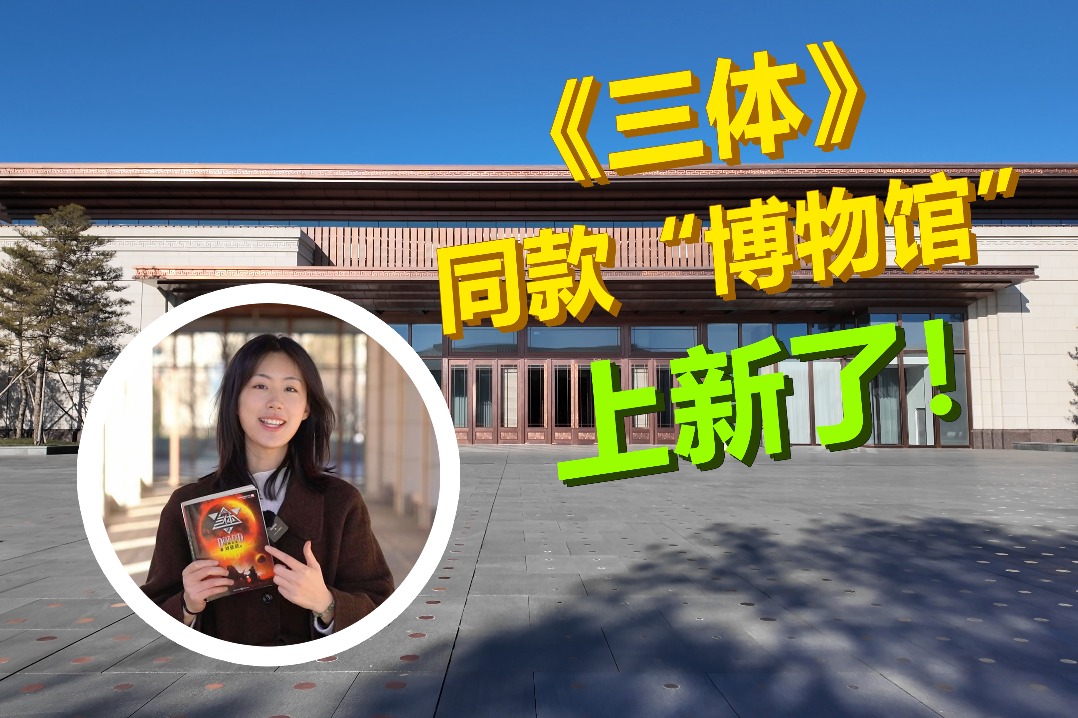New measures fueling stability in auto sector
By LI FUSHENG | China Daily | Updated: 2022-04-18 10:53

Industry facing turbulent period amid the pandemic
China's moves to facilitate vehicle purchases and help build charging facilities are expected to help ease the pressure the pandemic has put on the country's vehicle industry, said analysts.
The State Council, China's cabinet, asked local authorities on Wednesday to ease purchases of vehicles, especially new energy ones, and to facilitate the building of charging facilities in the country.
Local governments shall not put in place new measures that curb vehicle purchases and those who have done so shall gradually scale up license plate quotas, said the State Council.
The measures are part of a broader package to keep economic fundamentals stable, to ensure and improve people's livelihoods.
Zhang Xiang, a researcher at North China University of Technology in Beijing, said a larger quota of license plates will help drive up vehicle sales, especially in big cities.
According to Zhang, such measures work. In 2020, Shanghai issued 40,000 more license plates. "If people bought vehicles priced at around 200,000 yuan ($31,400), it would translate into billions of yuan in revenue for the sector," he said.
He expected local authorities to come up with details soon after the State Council's decision.
China's vehicle sales in March slid 11.7 percent year-on-year to 2.23 million units, according to the China Association of Automobile Manufacturers.
Auto sales in the first quarter totaled 6.51 million units, up 0.2 percent year-on-year.
In March alone, sales of passenger vehicles went down 0.6 percent year-on-year to 1.86 million units. Sales of new energy vehicles, however, sustained a rapid pace of growth, surging 116 percent year-on-year that month.
The CAAM said the recent COVID-19 outbreaks, along with factors including a chip shortage and the rising costs of raw materials, have weighed on factory production and the business operations of the auto industry.
The country's carmakers manufactured 2.24 million vehicles in March, representing a decline of 9.1 percent year-on-year, the association said.
Insufficient supplies cut March production at Great Wall Motors by 14.85 percent year-on-year, said the carmaker, whose sales fell 22.99 percent in that month.
Nio suspended production for days in early April because of disruptions to the supply chain caused by the pandemic, it said.
Tesla's Shanghai factory, which produces cars for China and overseas markets, has been put on hold since March 28. The plant produces 6,000 Model 3 and 10,000 Model Y vehicles per week.
Volkswagen said its joint venture with SAIC Motor has halted production in Shanghai since April 1.
Volkswagen's joint venture with FAW, based in Changchun, Jilin province, saw its production slashed by 60 percent in March because of the COVID-19 outbreak that month.
The joint venture said the plants in Changchun account for 40 percent of its total production capacity in the country. Its sales in the same month saw a 40 percent drop as well, to 126,000 units.
But as the outbreak has been gradually curbed, local authorities in Jilin province said it is trying its best to help FAW restore work and production.
The CAAM has not yet revised car sales estimates for 2022, which it said earlier this year could reach 27.5 million, up 5.4 percent from 2021.
But Fu Bingfeng, vice-president of the association, said the task would be "extremely arduous".
"We suggest that the government should roll out favorable policies to stimulate car purchases, which worked well in the past," Fu said.
Zhang, the researcher at NCUT, said the Chinese auto market would see growth this year, saying that the sector contributes around 15 percent of the country's GDP, so the government will try to bolster its development.
Roy Lu, an independent analyst in Shanghai, said the State Council's decision is aimed at continuing the momentum of the NEV sector, which is facing growing pressure because of price hikes in raw materials and the scheduled withdrawal of government subsidies.
A number of carmakers, including Tesla and Nio, have raised prices on some of their models. Yet NEV sales have seen growth in the first quarter.
A total of 1.29 million NEVs were produced and 1.26 million were sold from January to March, up 140 percent year-on-year, according to the CAAM.
Four Chinese startups-Xpeng, Li Auto, Nezha and Leapmotor-saw their monthly deliveries exceed 10,000 units last month, with New York-listed Xpeng topping the list with 15,414 vehicles.
Local authorities and companies have rolled out plans to speed up building new charging facilities.
The Ningxia Hui autonomous region expects to have 6,000 charging piles by the end of 2025, which will be able to serve around 300,000 electric vehicles.
Local authorities in Chengdu, capital of Southwest China's Sichuan province, are more ambitious.
In 2022 alone, no less than 350 charging stations and 20,000 charging piles will be added to the existing charging network.
China Southern Power Grid, is to make charging facilities accessible in both urban and rural areas of Guangdong, Yunnan, Guizhou and Hainan provinces as well as the Guangxi Zhuang autonomous region.
There were 3.1 million charging piles in China by the end of March, up 73.9 percent from the same period in 2021, according to statistics from the country's charging infrastructure alliance.
























